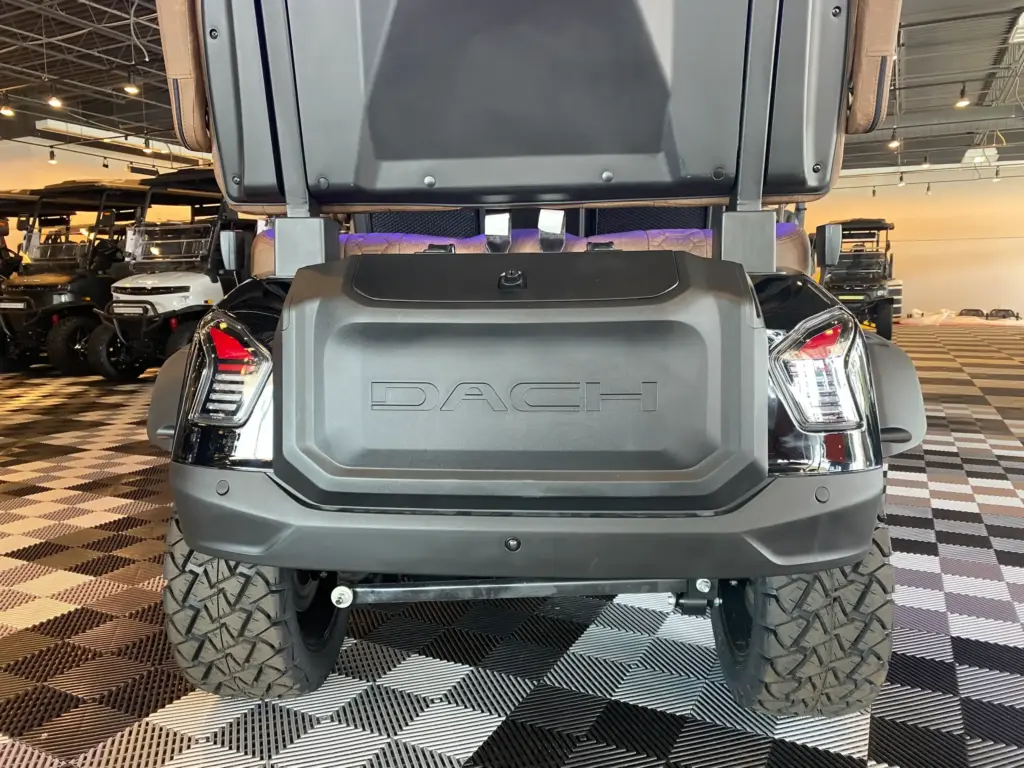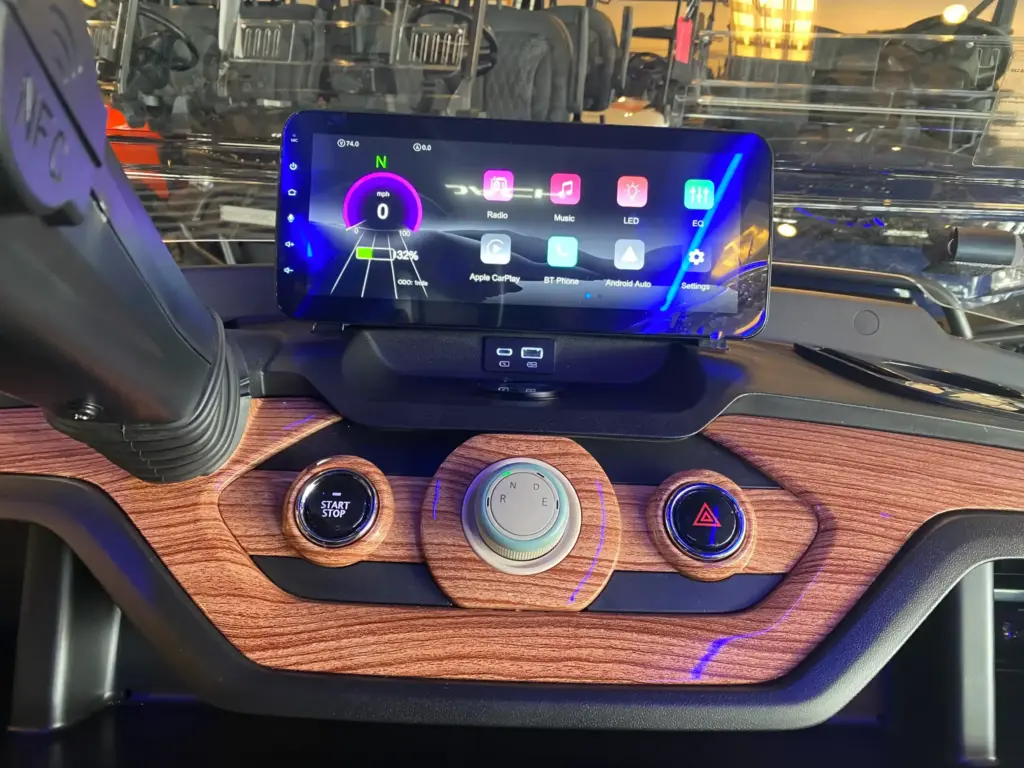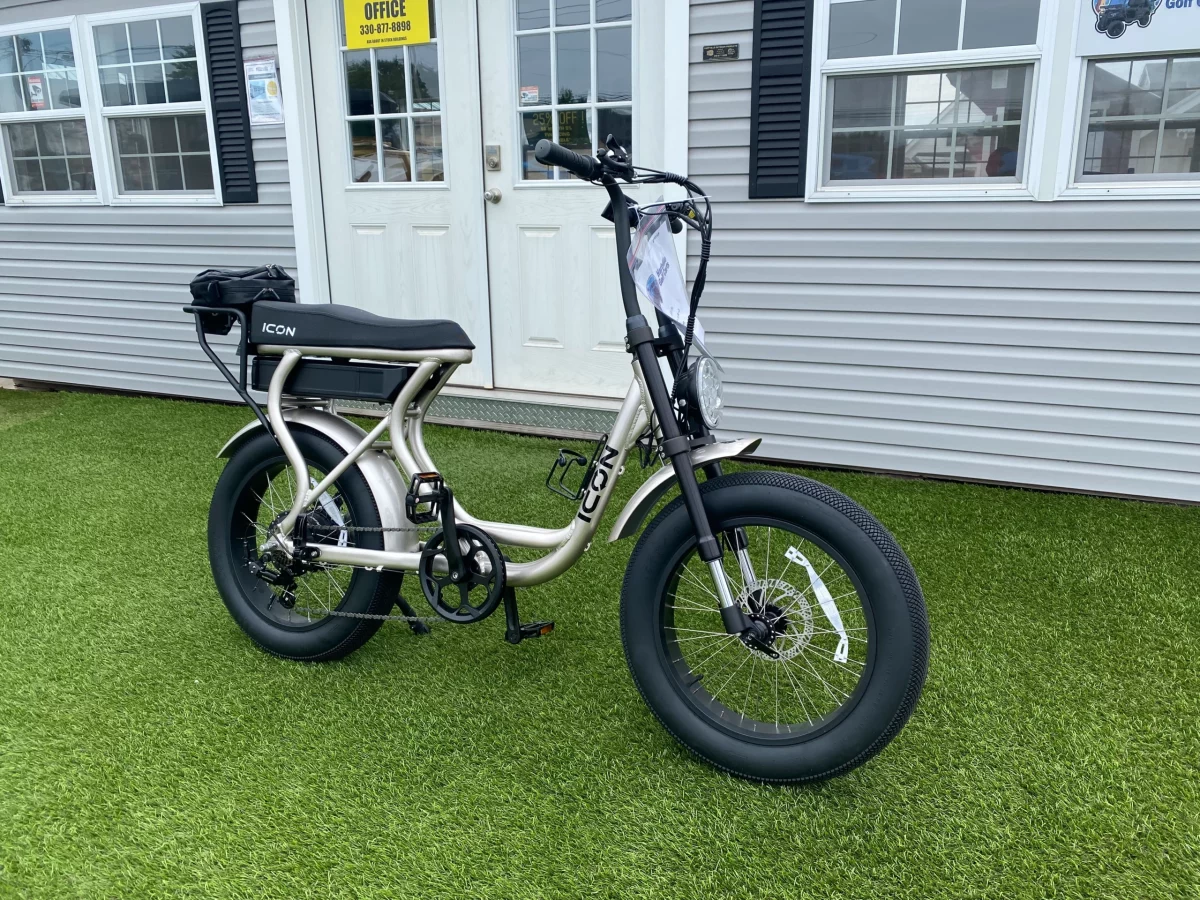Electric vehicles (EVs) are transforming the way people think about transportation. Once considered niche products, EVs are now mainstream choices for commuters, families, and businesses. But one of the most common questions for new buyers and curious drivers is: how electric vehicles work? Understanding the basics of EV technology helps you appreciate their benefits, their differences from gas-powered cars, and the exciting future of mobility.

The Core Difference Between EVs and Gas Cars
Traditional vehicles rely on internal combustion engines (ICEs) that burn gasoline or diesel to create power. Electric vehicles replace that system with motors powered by electricity stored in large batteries. This one change sets off a chain of differences in design, performance, and maintenance. Instead of hundreds of moving parts in an engine, EVs rely on a relatively simple electric drivetrain, which makes them more efficient and easier to maintain.
The Main Components of an Electric Vehicle
To understand how electric vehicles work, it helps to look at their main components. Each plays a specific role in storing, managing, and delivering power:
- Battery Pack: Stores energy, often using lithium-ion cells. This is the heart of every EV.
- Electric Motor: Converts electrical energy into mechanical motion to drive the wheels.
- Inverter: Changes the battery’s direct current (DC) into alternating current (AC) for the motor.
- Onboard Charger: Regulates incoming electricity when plugged into a charging station.
- Controller: Acts like a brain, directing power between the battery and motor based on driver input.
- Regenerative Braking System: Recaptures energy during braking and sends it back to the battery.
How the Battery Stores and Delivers Energy
The battery pack is the most important and most expensive part of an EV. Most modern EVs use lithium-ion batteries, similar to those in laptops and smartphones but much larger. These packs consist of thousands of small cells bundled together to store energy efficiently. When you press the accelerator, energy flows from the battery through the inverter and into the motor, producing motion. The larger the battery, the more energy it can store, which translates to longer driving range.

The Role of the Electric Motor
Unlike a gas engine, which requires fuel combustion, pistons, and exhaust systems, an electric motor has very few moving parts. It uses electromagnetic fields to create rotation, which directly powers the wheels. This design makes EVs smooth, quiet, and capable of instant torque—the reason EVs often accelerate faster than traditional vehicles. Multiple motors can be used for added power or all-wheel drive capability, as seen in many modern EV models.
Understanding Regenerative Braking
One of the most innovative features of EVs is regenerative braking. When you slow down or press the brake, the electric motor reverses function and acts like a generator. Instead of wasting energy as heat, this process sends power back to the battery. Over time, regenerative braking improves efficiency and extends driving range. It’s one of the reasons EVs perform so well in stop-and-go city traffic.
Charging and Energy Flow
Another important part of how electric vehicles work is charging. EVs can be charged at home, at public stations, or at fast-charging locations along highways. Charging levels vary:
- Level 1: Standard household outlets, offering the slowest charge but requiring no special equipment.
- Level 2: Dedicated charging stations, usually installed at home or workplaces, offering faster speeds.
- DC Fast Charging: Provides rapid energy transfer, restoring up to 80% of the battery in less than an hour.
When plugged in, electricity flows into the onboard charger, which manages current and safely stores energy in the battery.

Thermal Management Systems
EV batteries generate heat while charging and discharging. Without proper cooling, performance and longevity suffer. That’s why most modern EVs have advanced thermal management systems using liquid or air cooling. These systems keep the battery at optimal temperatures, ensuring safety and extending lifespan. This is an essential part of how electric vehicles work reliably in hot or cold climates.
Driving Experience: Why EVs Feel Different
The technology behind EVs creates a unique driving experience. Pressing the accelerator delivers instant torque, making acceleration quick and smooth. Without engine noise, rides feel quieter and calmer. The low placement of heavy batteries lowers the car’s center of gravity, giving EVs better handling and stability in turns. Regenerative braking also adds a distinct feel, allowing many drivers to use “one-pedal driving,” where simply lifting off the accelerator slows the car.

How EVs Compare to Gas Cars in Maintenance
Because EVs have fewer moving parts, they generally require less maintenance. There are no oil changes, spark plugs, or exhaust systems to service. Brake pads last longer thanks to regenerative braking. Owners mostly need to monitor battery health, replace tires, and maintain suspension systems. This simplicity is one reason EVs appeal to cost-conscious drivers over the long term.
How Electric Vehicles Work with the Grid
EVs are not only consumers of electricity—they are also part of a larger energy ecosystem. Many experts are exploring how EVs can feed power back into the grid during peak demand, a concept called “vehicle-to-grid” (V2G) technology. In the future, your parked EV could double as an energy storage unit, helping stabilize local power networks while saving you money.

Environmental Benefits of EV Technology
Understanding how electric vehicles work also highlights their environmental advantages. By replacing fuel combustion with battery power, EVs eliminate tailpipe emissions. While electricity generation still involves fossil fuels in some areas, the overall carbon footprint of EVs is smaller over their lifetime compared to gas cars. According to the U.S. Department of Energy, EVs remain more efficient and produce fewer greenhouse gases, even when charging from mixed energy sources.
The Future of Electric Vehicle Technology
The way electric vehicles work will continue to evolve. Solid-state batteries, wireless charging, and even solar-integrated panels are on the horizon. These innovations aim to extend driving range, reduce charging times, and improve efficiency. Automakers are also developing lighter materials and smarter electronics to push EV technology further. The EVs of the next decade will likely be even more powerful, efficient, and affordable than today’s models.

Conclusion: Understanding How Electric Vehicles Work
So, how electric vehicles work comes down to a simple but powerful principle: store energy in a battery, convert it to motion with an electric motor, and recycle energy through braking. Behind that simplicity lies a complex system of electronics, cooling, and smart controls that make EVs efficient and reliable. As technology advances, EVs will only become more practical, accessible, and essential to the future of transportation.
At Hartville Golf Carts, we see a similar commitment to innovation in neighborhood vehicles and golf carts. Just like EVs, our carts use electricity to create clean, dependable mobility solutions. Both technologies show how smarter energy use can shape the way we move—whether across the country or around the neighborhood.








